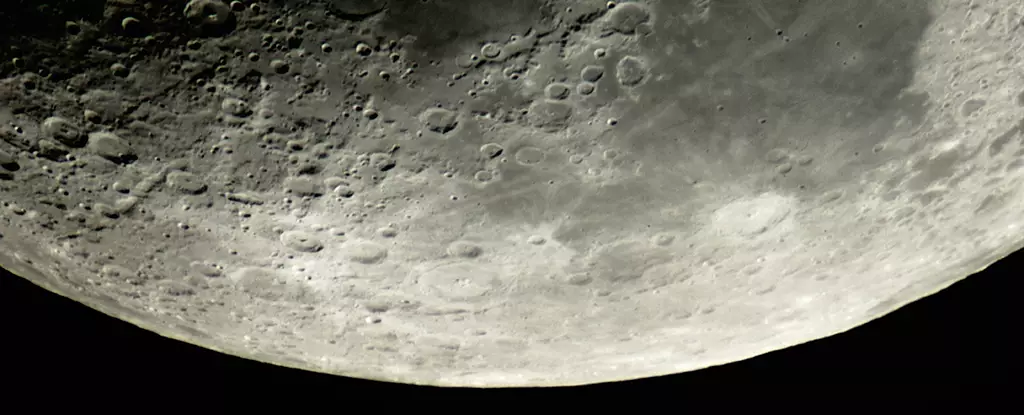Since the historic moon landing in 1969, mankind has made significant progress in exploring the lunar surface. As we continue our explorations, it becomes increasingly important to develop a reliable global navigation satellite system (GNSS) for the Moon. In order to achieve this, a team of researchers from Eötvös Loránd University in Hungary has turned to an unlikely source for inspiration – an 800-year-old math trick known as the Fibonacci sphere.
Contrary to popular belief, both Earth and the Moon are not perfect spheres. Various factors such as gravity, rotation, and tidal fluctuations contribute to their slightly squished shape. To simplify matters, our GNSS technology currently relies on a rough estimate of Earth’s shape. However, developing a Geographic Information System (GIS) for the lunar surface requires a more accurate estimation of the Moon’s shape, known as a selenoid.
The Fibonacci sphere offers a unique approach to estimating the rotation ellipsoid of the Moon. This mathematical concept utilizes the Fibonacci sequence to evenly distribute points on a sphere. By applying this approach, the team of researchers, led by geophysicist Gábor Timár and student Kamilla Cziráki, mapped 100,000 points on the Moon’s surface using measurements previously taken by NASA.
The utilization of the Fibonacci sphere yielded more precise figures for the semi-major and semi-minor axes of the Moon’s rotation ellipsoid. This valuable information allows us to understand that the lunar poles are approximately half a kilometer closer to its center than the equator. Incorporating this data into future lunar GPS systems will greatly reduce the likelihood of incorrect navigation on the Moon’s surface.
It is worth noting that calculations with such a high degree of detail have not been conducted on the Moon since the 1960s. Furthermore, when the researchers applied their technique to Earth’s rotation ellipsoid, the data aligned remarkably well, validating the accuracy of the approach. This breakthrough not only aids in developing more advanced navigation systems for future lunar missions but also has the potential to enhance our understanding of Earth’s dimensions and improve existing navigation systems used on our own planet.
Expanding Research to Earth
The researchers are eager to expand their research to Earth, where they hope to investigate the differences in best fitting ellipsoids using varying geoid models. By doing so, they aim to further enhance our understanding of Earth’s shape and potentially refine our navigation systems on a global scale.
The Fibonacci sphere presents a groundbreaking solution to improving lunar navigation. By leveraging an ancient mathematical concept, the research team has successfully mapped previously unexplored areas of the Moon’s surface with unprecedented precision. This advancement not only revolutionizes our approach to lunar navigation but also has the potential to enhance our understanding of Earth’s shape and improve navigation systems worldwide. As we continue to explore the cosmos, the Fibonacci sphere paves the way for future discoveries and advancements in celestial navigation.


Leave a Reply